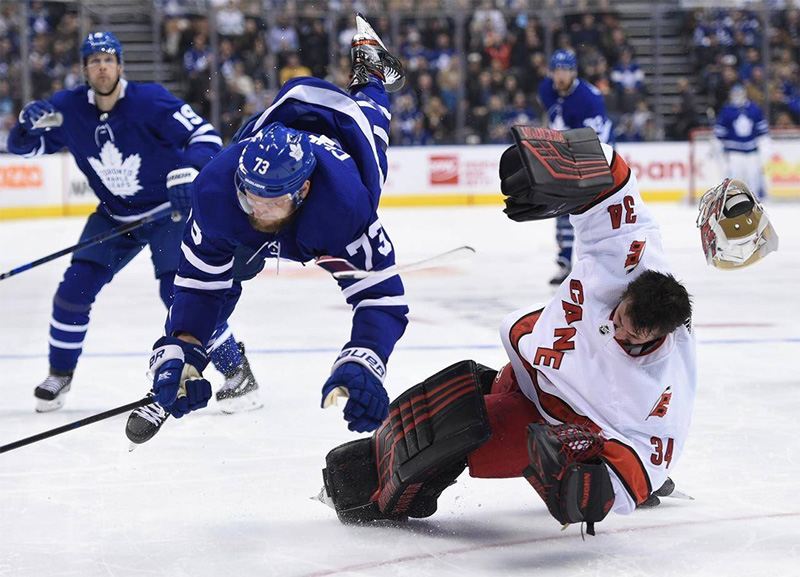
Hockey Hip Injury
Hockey players are prone to hip injuries due to the physical demands of the sport, including the fast-paced skating, sudden changes of direction, and collisions with other players and the boards. The most common hip injury in hockey players is a labral tear, which occurs when the cartilage that lines the socket of the hip joint is torn. This can cause pain, stiffness, and a clicking or catching sensation in the hip.
Other common hip injuries in hockey players include hip flexor strains, adductor strains, and hip pointers. A hip flexor strain occurs when the muscles that flex the hip joint are stretched or torn, while an adductor strain involves the muscles on the inside of the thigh. A hip pointer is a bruise or contusion to the hip bone, often caused by a direct blow to the hip.
Treatment for hip injuries in hockey players typically involves rest, ice, and anti-inflammatory medication to reduce pain and swelling. Physical therapy may also be recommended to strengthen the muscles around the hip joint and improve range of motion. In some cases, surgery may be necessary to repair a labral tear or other more severe hip injury. Preventative measures, such as proper stretching and conditioning, can also help reduce the risk of hip injuries in hockey players.